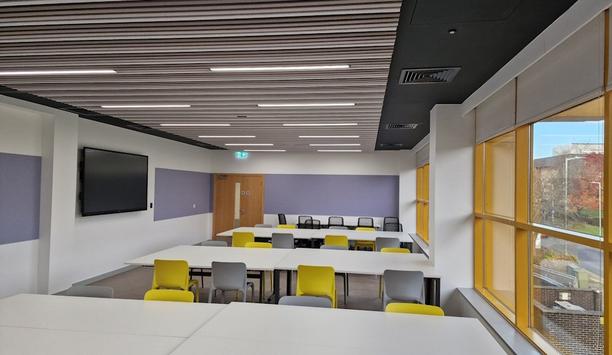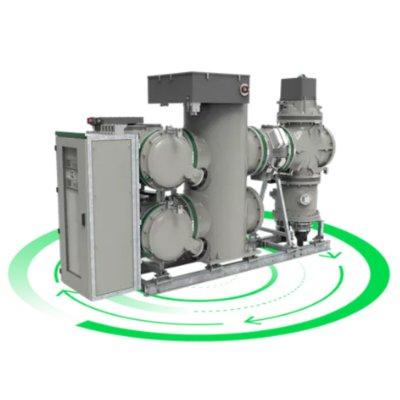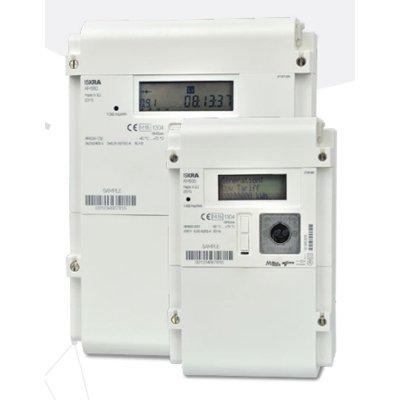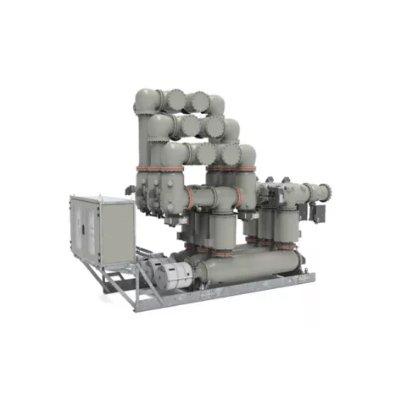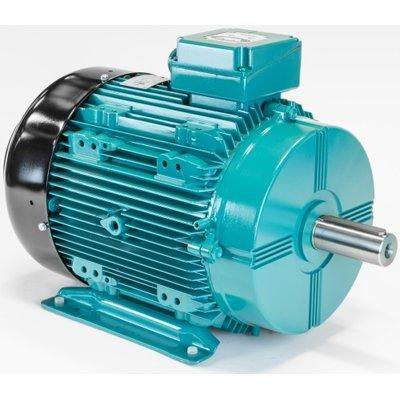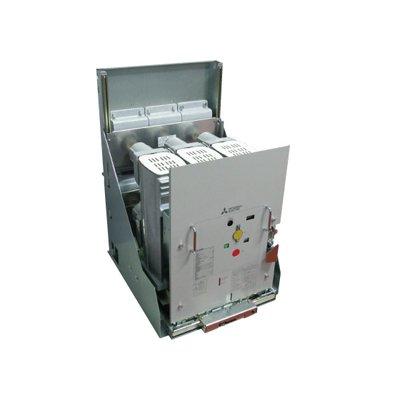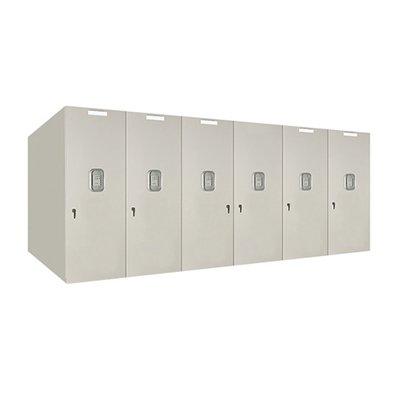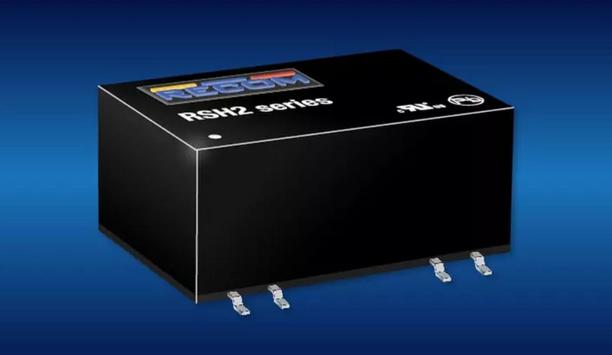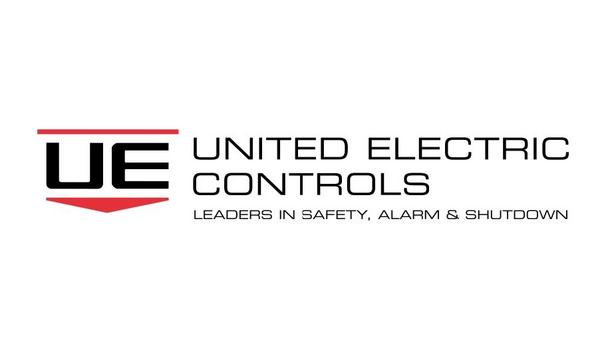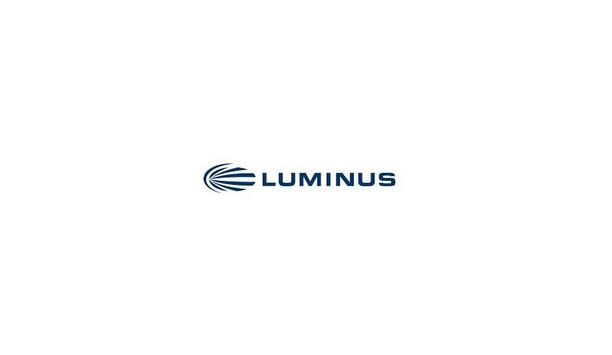Marie Parry, Marketing Director, Scolmore Group, looks at the growing Smart Lighting sector and the opportunities it presents to specifiers, architects, and installers.
Projected to exceed US$47 billion by 2020, the global lighting industry has come a long way from the on/off-world to energy-efficient lighting and adaptive lighting to the current connection or smart-lighting era.
Growth in the lighting market
In the UK, the lighting market was estimated to be worth around £2 billion in 2015, an increase of thirteen percent from the previous year, and strong growth is projected for the smart lighting market in the coming years driven by the rapid penetration of LED lighting and increasing awareness in terms of energy efficiency and environmental issues.
Other factors driving growth include increasing demand for green buildings, recovery in the construction industry, the rising popularity of wireless lighting controls, and the availability of technologically advanced and innovative smart lighting solutions.
Energy efficiency
According to IEA, there is huge potential for improved energy efficiency in buildings
There are also huge opportunities for smart lighting in the retrofit segment as many of the lighting systems in current buildings are not energy efficient. According to the International Energy Agency (IEA), there is huge potential for improved energy efficiency in buildings.
It says that up to 82% of energy efficiency measures remain untapped in buildings currently; up to half of this energy efficiency potential can be realized through improved control of the building and the integration of systems that work together.
Getting the light right
With only around 20% of the UK’s commercial buildings at present ‘smart’ buildings, and with energy efficiency and sustainability increasingly becoming a business consideration for many directors and senior managers, this market is expected to grow significantly over the next decade, providing business opportunities for architects, specifiers, contractors and installers alike.
When it comes to energy efficiency, lighting is a key consideration. According to the Carbon Trust, up to 40% of a building’s electricity use is accounted for by lighting. Getting the lighting right is therefore vital for the energy efficiency of the building.
LED lamp technology
Whilst lighting is typically one of the biggest expenses on a building’s energy bill, it is also one of the easiest areas to save. LED lamp technology is providing the means to reduce lighting energy consumption across a range of sectors from retail and office to industrial properties and street lighting.
Lamp technology, however, is just one component of the lighting energy equation. Hand in hand with the development of the LED lamp has been the progress made with control gear and LED drivers.
Smart lighting control solutions
By dimming lighting when there is nobody in the room, occupancy sensors can reduce consumption by 30%
Smart lighting control solutions can help reduce energy consumption and costs. By dimming or switching off lighting when there is nobody in the room, occupancy sensors can reduce electricity consumption by 30%, says the Carbon Trust.
While daylight sensors allow for the adjustment of the artificial lighting according to the amount of natural lighting in a room and can reduce electricity use by 40%.
Cost- and energy-saving properties
As the smart technology market continues to flourish bringing this technology to an ever-increasing audience of consumers so the domestic end-user is becoming savvy to the cost- and energy-saving properties that connected devices offer.
The control of lighting is becoming expected as standard to a whole new demographic, that previously thought of home automation systems and connected devices as something solely for the wealthy. They see it not just as a means of controlling energy usage inside and outside the home, but also as providing the ability to create zones and scenes throughout the home.
Home lighting adjustments
Home lighting is increasingly being seen as a lifestyle element that can be programmed to fit a household’s requirements.
Scene controls or scene settings allow the illumination of an area based on the lighting needs and activities undertaken there. This means different options can be set up for different times of day, for example, good strong light for ‘reading’ and small table lamps for ‘watching TV’.
Click iNELS Wireless Control System
Click iNELS Wireless Control System provides an ideal solution to controlling lighting inside and outside the home
A system like the Click iNELS Wireless Control System from Scolmore provides an ideal solution to controlling lighting inside and outside the home.
It offers simple and flexible installation, significant energy savings, and easy programming as the key attributes, and a one-touch centralized control panel means that everything can be easily set and adjusted from this one single control panel.
Entry-level smart lighting solution
The RF system is made up of a series of wireless transmitters, receivers, and combined units. No additional cables or wall cutting is required to install the system as the receivers can be installed behind light fittings or into suitable installation boxes and the transmitters are powered by battery, so there is no need for any wiring or additional power supply.
Because of its flexibility, it can be easily installed into any property and is a very attractive proposition for electrical installers who can offer it to their customers as an entry-level smart lighting solution.
Reduce energy consumption
Installers can help decision-makers to understand how they can reduce energy consumption and cut down on bills
Demand for smart technology will, without doubt, continue to increase, and installers are in a prime position to help drive this growth by drawing attention to the energy-saving, convenience, and efficiency properties of smart lighting and helping their customers - consumers and commercial decision-makers to understand how they can reduce energy consumption and therefore considerably cut down on energy bills.
There is a raft of products and solutions coming onto the market as this sector continues to grow and contractors will need to determine which of the wide range of products and services deliver the most value to the end-user.
Following best standards and practices
When looking at overall project costs, it may be tempting to specify lower-cost products, but as reliability reduces so will profit margins, as the need to return to sort out problems becomes an issue.
Those contractors looking to take advantage of the opportunities that the smart tech market offers will need to enhance their skills, knowledge, and experience to work with it. This will require getting to grips with the standards and best practices that apply and working with manufacturers to understand their products and how to get the best from them.




